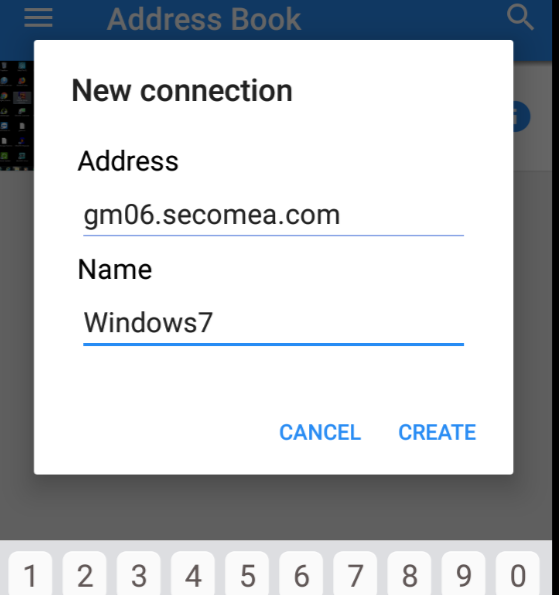

This section applies to the application downloaded by your end user. Instant Support, for end users you want to support Instant Support is only available when using a Desktop version of VNC Viewer. VNC Viewer is freely available for anyone to use there’s no need to license it. VNC Viewer, for devices you want to control fromįor both Device Access and Instant Support, you must download VNC Viewer to every computer or mobile device you want to exercise control from.

Raspberry Pi OS 11 (Bullseye) 32-bit and 64-bit Raspberry Pi Raspberry Pi OS (formerly Raspbian) version There’s no need to download VNC Server if you only have Instant Support. If you have Device Access added to your subscription, you must download VNC Server to every device you want to access and control, and install and license it. VNC Server, for devices you want to control Once it’s installed, you’ll find the TightVNC Viewer in your Start menu.Please refer to the RealVNC Product Lifecycle Policy in addition to the tables below to check if a particular version or platform is supported by RealVNC.
#Vnc connect mobile install#
TightVNC includes a VNC client – you can install TightVNC on another computer and deselect the server option in the install process to only install the viewer. With a VNC server running on the remote computer, you can use a VNC client on another computer to connect.
#Vnc connect mobile how to#
Read More: How To Easily Access Your Home Network From Anywhere With DDNS.

Internet service providers often change the IP address assigned to home networks, which means that you may be unable to connect to your home computer if your home IP address changes. You may also want to set up a dynamic DNS hostname for your home network.
#Vnc connect mobile password#
Default Username is ‘pi’ and Password is ‘raspberry’. Enter the IP which you have got from Auto IP Scanner and Name your Pi whatever you like. The default port used for VNC is 5900 – you can increase your security by changing it to another port. Step 2: Now open Auto IP Scanner and note down the IP address. One important setting you’ll want to change is the ports TightVNC uses. You can use the TightVNC Service – Control Interface option in your Start menu to configure your server. (Of course, you can always disable the service manually.) It also automatically allows itself in the Windows firewall – if you use a different firewall, ensure that the firewall isn’t blocking TightVNC or you won’t be able to connect.īe sure to secure your VNC with a strong password, especially if you’re exposing your VNC server to the Internet!Īfter the quick installation process, TightVNC will now be running on your computer. TightVNC installs itself as a system service by default, so it will always be running in the background as long as your computer is on.


 0 kommentar(er)
0 kommentar(er)
